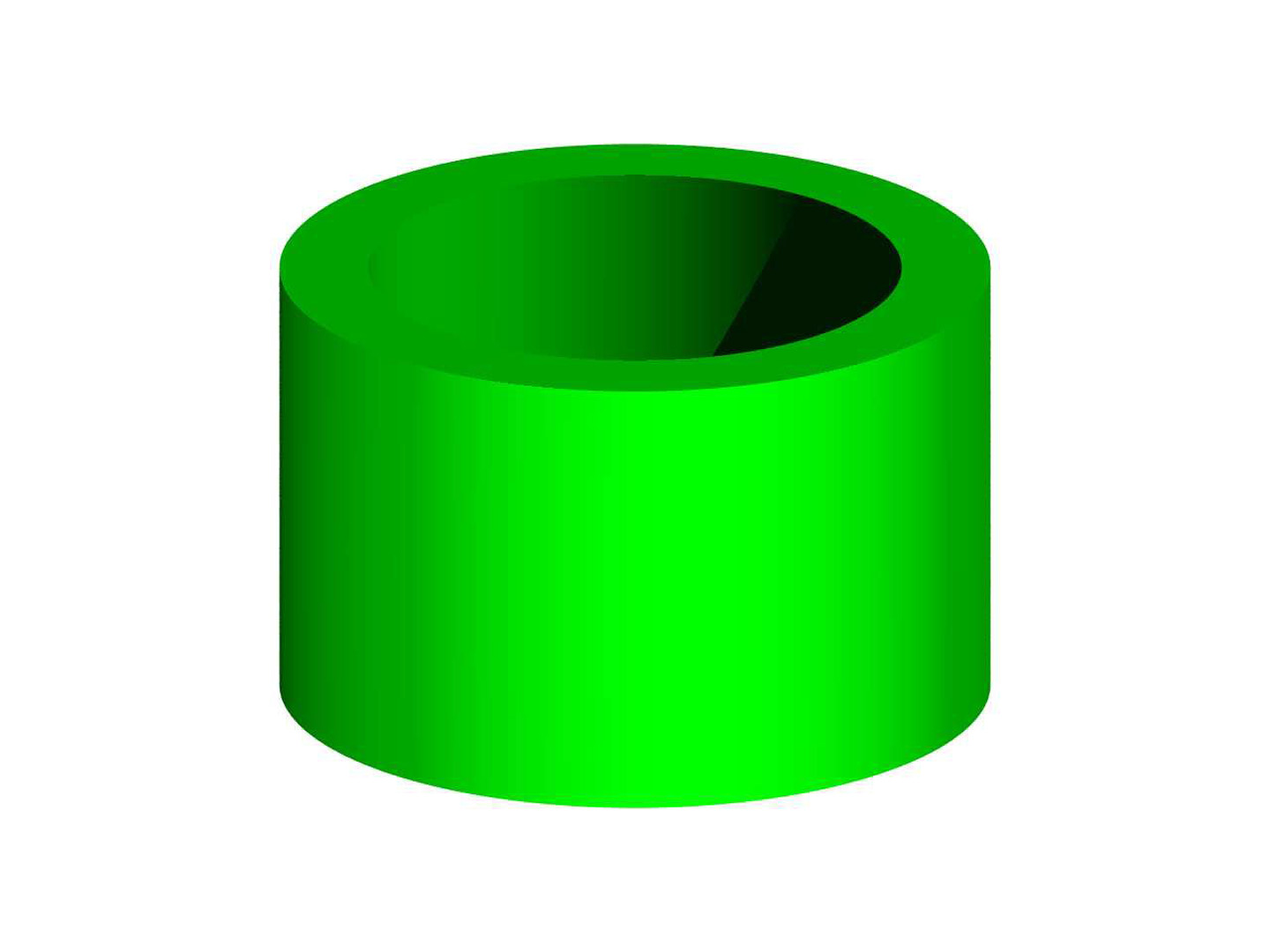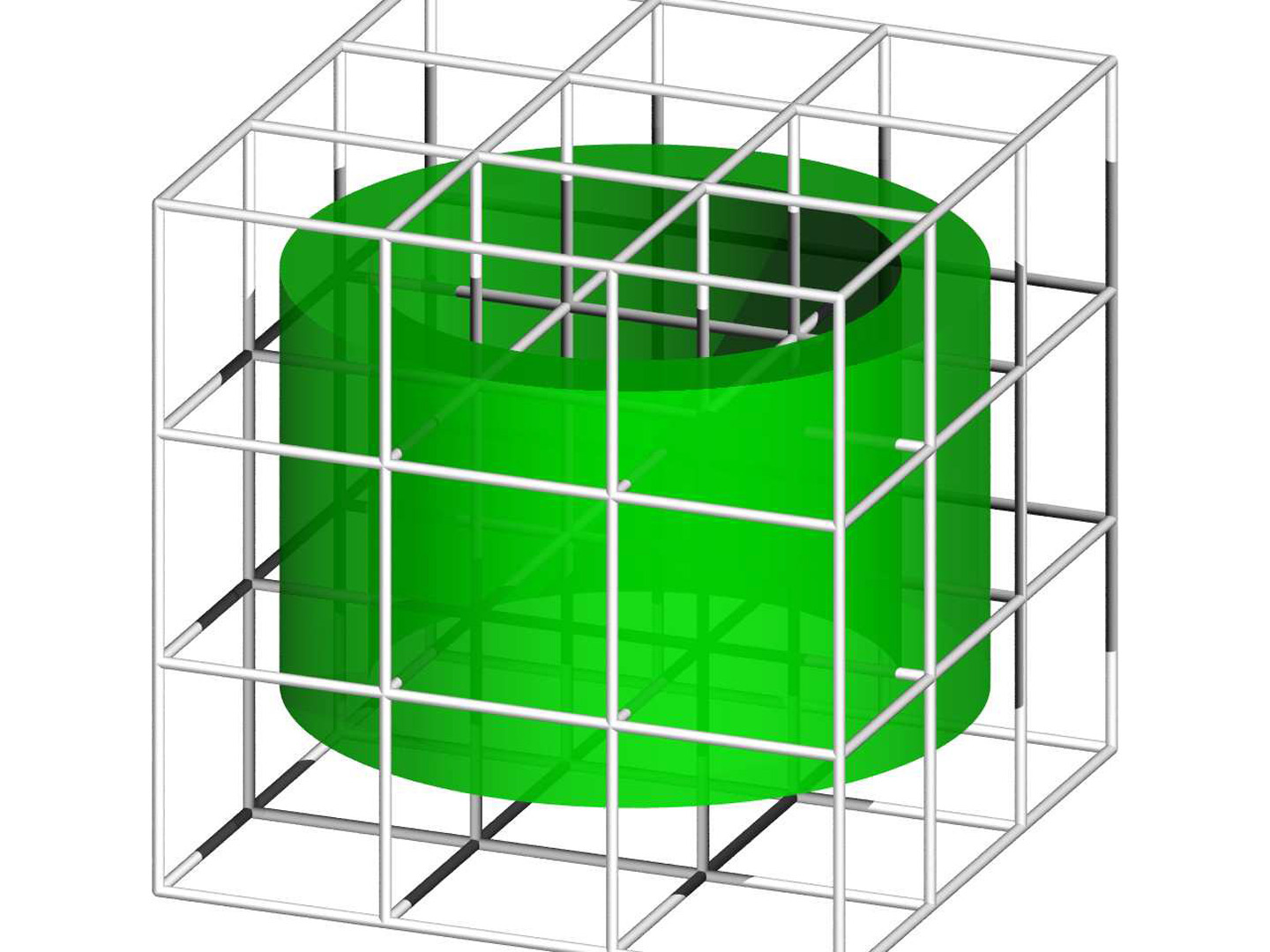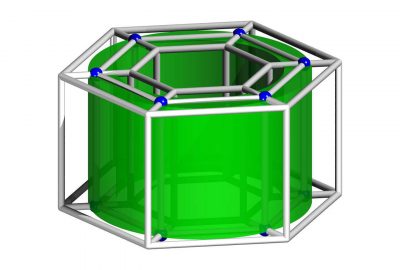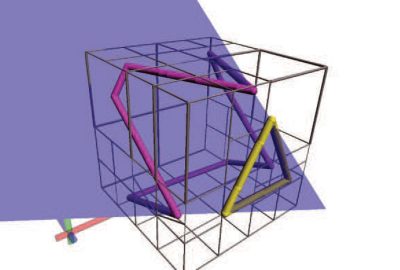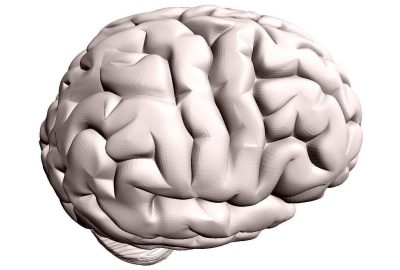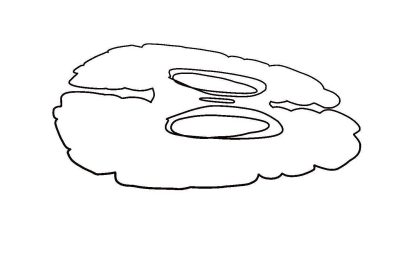“Extended cubical marching squares for surface extraction from various kinds of volumetric structure” by Chang, Chen, Ouhyoung and Chen
Conference:
Type(s):
Title:
- Extended cubical marching squares for surface extraction from various kinds of volumetric structure
Presenter(s)/Author(s):
Abstract:
To display volume data efficiently, such representations often need to be converted into polygonal meshes. A well-know method for this conversion is the marching cubes (MC) algorithm. Although effective, unfortunately, MC-style algorithms inherit the limitation of its cube-based sampling structure. It partitions space into cubes, samples a single sample point on each sign-changed edge and trian- gulates samples by the pre-defined pattern in a look-up table. Such limitation could be illustrated as shown in Figure 1, extracting sur- face from a thin cylinder (left image) may cause problems using cube-based structure (center image) because there is no edge en- counter a sign change due to more than one intersection occured. Thus, surfaces extracted by MC-style algorithms tend to be sensi- tive to the structure which used to sample the space. Our previous work, cubical marching squares (CMS) [Ho et al. 2005], over- comes several known problems of MC-style algorithms, such as topological ambiguity, cracks in adaptive resolution, inability to preserve sharp features and inter-cell dependence simultaneously. CMS method solves the above problems by converting the cubes into squares. Instead of using the lookup table of marching cubes in 3D, CMS algorithm unfolds cubes into squares, determines the shape and the topology of each face dynamically in 2D and then folds them back into cubes. Currently, we address the problem of MC-style sampling structure (includes CMS) may cause defects if the cube based structure doesn’t well fit the underlaying model. In this paper, we propose an extension of CMS to achieve adaptively adjusting the structure to fit the underlaying volumetric models.
References:
1. Ho, C.-C., Wu, F.-C., Chen, B.-Y., Chuang, Y.-Y., and Ouhyoung, M. 2005. Cubical marching squares: Adaptive feature preserving surface extraction from volume data. Computer Graphics Forum 24, 3, 537–545.
Additional Images:
- 2006 Poster: Ho_Extended Cubical Marching Squares for Surface Extraction from Various Kinds of Volumetric Structure
- 2006 Poster: Ho_Extended Cubical Marching Squares for Surface Extraction from Various Kinds of Volumetric Structure
- 2006 Poster: Ho_Extended Cubical Marching Squares for Surface Extraction from Various Kinds of Volumetric Structure
- 2006 Poster: Ho_Extended Cubical Marching Squares for Surface Extraction from Various Kinds of Volumetric Structure

